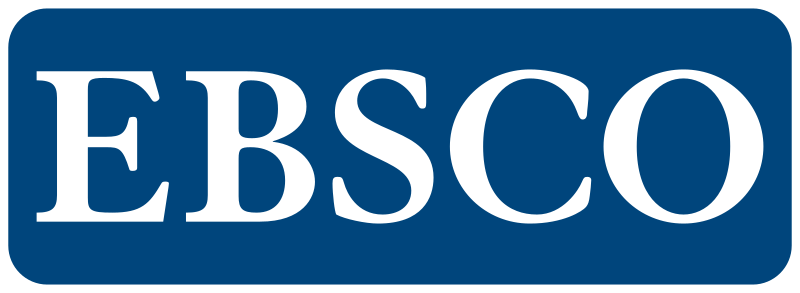Descriptive analysis of the variability in the manufacturing process of Hem-20 granulated rubber in a mexican company
Análisis descriptivo de la variabilidad en el proceso de fabricación de hule granulado Hem-20 en una empresa mexicana
Main Article Content
The present article responds to the question of how to determine variability in the production process of HEM-20 granulated rubber to meet quality specifications, through physical tests of Mooney Viscosity and statistical process control tools. A theoretical perspective based on statistical process control in quality is assumed. The methodology works under a non-experimental, correlational-causal transectional quantitative approach, with a correlational scope that nests the independent variable "quality of the raw material available for processing" with the dependent variable "Mooney Viscosity." The process consisted of the analysis of 52 samples of HEM-20 granulated rubber extracted in the production process, which were evaluated with a Mooney viscometer. The data was processed using I-MR statistical control charts and process capability analysis in Minitab 18. The findings and results showed that the process is unstable in Mooney Viscosity, presenting special variability due to contamination in the raw material and lack of control in the drying temperature. Likewise, the capability analysis showed that it does not meet the required specifications. In this sense, it is concluded that there is a need to implement improvements focused on stabilizing the process to make it capable of producing within the parameters requested by the customer. Finally, it is indicated that future research could apply other statistical and quality management tools to optimize this production process.
Downloads
Article Details
Conexión Esan. (2017, 17 de abril). El control estadístico de procesos. Conexión Esan. https://www.esan.edu.pe/conexion-esan/el-control-estadistico-de-procesos
Creighton, S. (2022, 15 de septiembre). Lloyd Nelson: the man who developed the Special Cause Variation. LifeQI. https://blog.lifeqisystem.com/lloyd-nelson
Gutiérrez, H. (2014). Calidad y productividad. Editorial McGraw Hill. DOI: https://doi.org/10.15658/CESMAG14.05050112
Hernández, F. & Hernández, R. (2021). El control estadístico de procesos (CEP): una herramienta para la mejora de la calidad. Revista Iberoamericana de Contabilidad de Gestión, 18(37), 1-12.
Herrera, R. J., Rojas, P. M. & Jiménez, K. P. (2019). Cartas de control con variables convolucionadas. I+D. Revista de Investigaciones, 13(1), 82-87. DOI: https://doi.org/10.33304/revinv.v13n1-2019008
Herrera, R. J., Wasinski-Zúñiga, R. M. & Romero-Cabrera, I. D. (2018). Contraste entre las cartas de control MR de Shewhart y Cusum Varianza en el monitoreo del potencial de hidrógeno en protectores de planta. Iteckne, 15(2), 88-98. DOI: https://doi.org/10.15332/iteckne.v15i2.2070
Instituto Nacional de Estadística y Geografía (INEGI). (2020). Veracruz – Territorio. Información por entidad. https://cuentame.inegi.org.mx/monografias/informacion/ver/territorio/default.aspx?tema=me&e=30
Lazo, R. (2014). Formulación y evaluación de proyectos productivos forestales de Hevea brasiliensis Mull [tesis de pregrado, Instituto Tecnológico de la Zona Maya]. Quintana Roo, México.
Muñoz, L. I. & Cedillo, M. J. (2015). Optimización del proceso de mezclado en compuestos primarios en base a la estandarización en el analizador de procesamiento de caucho (RPA 2000) en continental tire Andina S.A.S [tesis de pregrado. Universidad de Cuenca, Cuenca, Ecuador].
Peralta, N. A. (2022). Evaluación de las propiedades fisicoquímicas del caucho seco y tiempo de coagulación del látex al implementar vinazas como coagulante. Fundación Universidad de América. Bogotá, Colombia.
Polanía, J. D. (2019). Realizar un análisis del control de capacidad de proceso en líneas de producto de la empresa manufacturera-Cali [tesis de pregrado, Universidad Autónoma de Occidente, Santiago de Cali, Colombia].
Polanía, C, Cardona, F, Castañeda, G, Vargas, I, Calvache, O & Abanto, W. (2020). Metodología de investigación Cuantitativa y Cualitativa. Santiago de Cali, Colombia: UNIAJC.
Ramos, J. C. (2017). Modelo de gestión de calidad a través de la mejora continua en la manufacturera de transformadores de distribución y potencia [tesis de doctorado, Universidad Nacional Mayor de San Marcos, Lima, Perú].
Restrepo, L. M. (2018). Cartas de control para optimizar el proceso de pintura de láminas de aluminio. Revista espacios, 39(22), 1-7.
Rojo, G. E., Martínez, R. & Jasso, J. (2011). El cultivo del hule en México. Libros técnicos: serie forestal. El fuerte, México: Universidad Autónoma Indígena de México.
Salazar, E. R. & Fermín, J. S. (2016). Un índice de capacidad de procesos para distribuciones multivariadas normales de variables correlacionadas y no correlacionadas. Ingeniería industrial, 34, 57-73. DOI: https://doi.org/10.26439/ing.ind2016.n034.1337
Sáenz, S., Barajas, J. C., Zalazar, R. & Cruz, F. (noviembre de 2018). Control estadístico de la calidad para el mejoramiento en el proceso de hule granulado 20 HEM. En Dr. David Reyes González (responsable), Congreso llevado a cabo en el IV año, número I Congreso Interdisciplinario de Ingenierías, Instituto Tecnológico Superior de Misantla. Veracruz, México.
Zayas, I. (2022). La mejora continua: elemento de competitividad empresarial. Revista electrónica sobre Cuerpos Académicos y Grupos de investigación, 9(17), 1-19.










